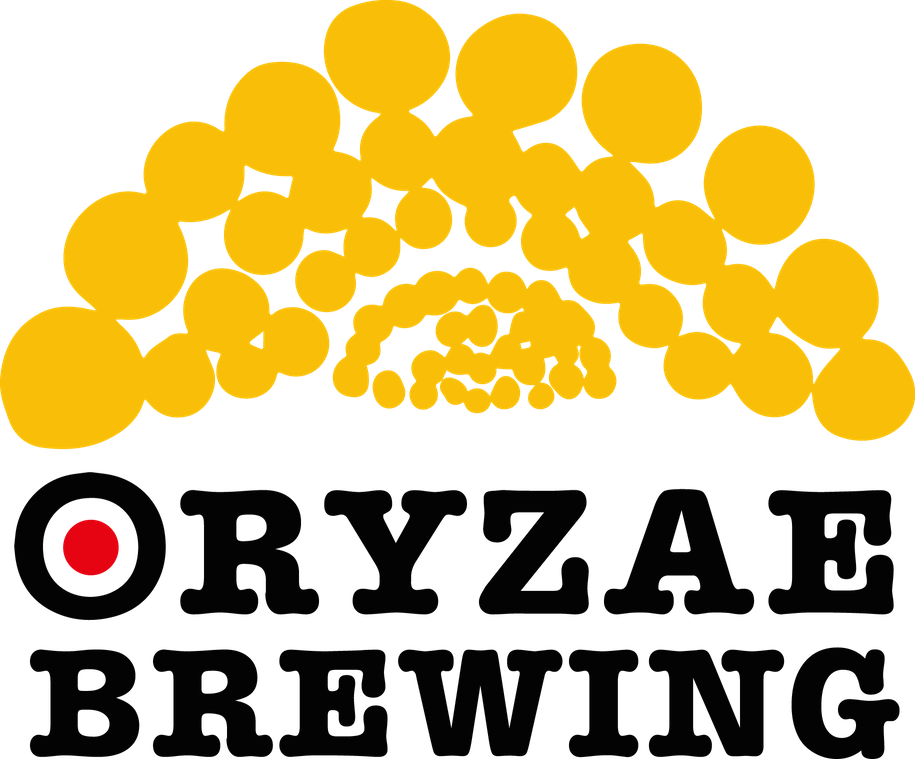Bottle conditioning is a process where priming sugar (usually sucrose) is added to a beer, either in bottles or kegs, to induce carbonation. During secondary fermentation, yeast consumes residual oxygen and other substances in the headspace, reducing the risk of beer oxidation. However, it is advisable to take additional measures such as CO2 purging for general oxidation prevention since not all oxygen is consumed. The duration typically lasts three weeks at temperatures between 20 to 23 degrees Celsius. While bottle conditioning is a common technique in Belgian beer production, it is less prevalent among Japanese breweries. When comparing the two methods: 【Force Carbonation】 Typically has a shelf life of 2-3 months Requires quick distribution Must be refrigerated at all times Allows for rapid carbonation and immediate beer sales Does not require significant warehouse space, but refrigeration is essential Does not allow for aging 【Bottle Conditioning】 Generally has no specific shelf life (However, it doesn't mean that the beer will improve in flavor if kept for a long time) Longer shelf life allows for a more relaxed distribution pace. Retailers do not need to rush sales. Can be stored at room temperature up to around 20 degrees Celsius Takes time for carbonation = requires warehouse space Allows for aging In summary, this is a brief overview. However, I have only done bottle conditioning for homebrewing and have no commercial experience. Without any available documentation, I had to conduct year-long tests with various recipes to finally achieve a saleable product. The most significant change brought about by bottle conditioning is undoubtedly the flavor. The bubbles become finer, and the beer loses the gassy sensation in its aroma. The most significant transformation, however, is the secondary fermentation aroma imparted by the yeast. It adds another layer of fragrance. The customer feedback improved significantly after implementing bottle conditioning. Initially, Oryzae Brewing was perceived as a novelty beer using koji, but after bottle conditioning, it gained recognition as a rich Japanese beer with flavors comparable to Belgian beers. As the creator, I feel that bottle conditioning resolved all the aspects that didn't quite feel right initially. If you have only tried Oryzae Brewing's beer from the first one or two years, I believe you will be completely satisfied by trying it again. It has transformed into a completely different beer. So, how did you find the process of making Oryzae Beer? It truly requires a lot of effort. Each step has its unique challenges that are not found in other types of alcohol, making it quite difficult to produce. Even I didn't realize how challenging it would be during the early stages of establishing the brewery. It took us three to four years to achieve a flavor that we were satisfied with. I hope that by sharing our knowledge through this blog, you won't have to spend unnecessary time figuring things out on your own. Personally, I want to continue exploring the creation of beer using malted koji based on this technique. ボトルコンディションとは プライミングシュガー(砂糖)を調合し、瓶やケグの中で発泡させて炭酸化します。 二次発酵の際に、ヘッドスペースに残った酸素などを酵母が消費してくれるため、 ビールの酸化のリスクが下がります。 (全ての酸素を消費してくれるわけではないため、Co2パージなど通常の酸化防止の処理はしたほうがなお良い) 期間は20~23度で3週間です ベルギービールではよく使われる手法ですが、日本のブルワリーで行っているところは少ないです 二つの手法を比較すると 【強制カーボネーション】 賞味期限2、3ヶ月が多い 流通を急ぐ必要有り 必ず冷蔵 炭酸化が迅速にできて、ビールをすぐに販売できる 倉庫スペースはそれほど要らないが、冷蔵スペースは必須 熟成にはならない 【ボトルコンディション】 賞味期限は基本的に無い (賞味期限がないからと言って長く置いておけば美味しくなるわけではない) 賞味期限が長いので流通スピードに余裕がある。販売店も売り急がなくても良い 20度前後までなら常温保存も可能 炭酸化に時間がかかる=倉庫スペースが必要 熟成が可能 と簡単にいうとこんな感じです とはいえ、ボトルコンディションなどはホームブリューでやったきりなので、商業では未経験 もちろん、資料などないので、全ての液種で1年間テストを繰り返し、ようやく販売が出来るようになりました。 ボトルコンディションで大きく変化したのはやはり味です 気泡がきめ細やかになり、香りもガスっぽい感じがなくなりました。 そして、一番大きな変化は、酵母により二次発酵の香りです。 香りのレイヤーがもう一枚増えます お客様の評価が良くなったのも、ボトルコンディションになってからです。 当初オリゼービールは麹を使った飛び道具的なビールと捕らえられていたのですが、 ボトルコンディション後は、ベルギービールに並ぶことのできるリッチな味わいのジャパニーズビールとの評価が高まりました。 作り手の私としても、当初何かしっくり来なかった部分が、ボトルコンディションで全て解決した感じです。 もし、オリゼーブルーイングを最初の1、2年のビールしか飲まれていない方、 もう一度飲んでいただけると全く異なるビールとしてきっと満足いただけると思います。 以上オリゼービールの作り方いかがでしたでしょうか? 本当に手間がかかりますよね。各工程に他の酒にはない難しいポイントがあるので、なかなか作ることは難しいと思います。 自分でも創業当初はこんなに難しいとは思っていませんでした。 納得いく味になるまで3〜4年かかりましたが、このブログでノウハウを共有することで無駄な時間を過ごすことがないようにしていただければと思います。 私はこの技術をベースに麹モルトのビールの創作に取り掛かっていきたいと思っています。
